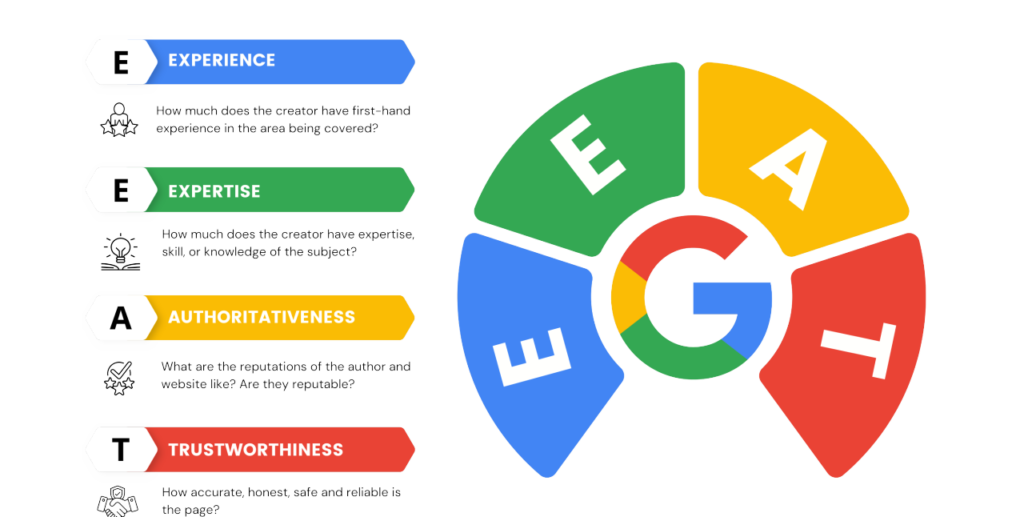What is Virtual Reality?

Virtual reality (VR) is a computer-generated simulation of a three-dimensional environment that can be experienced and interacted with in a seemingly real or physical way.
Types of Virtual Reality
– PC-based VR: High-end VR experiences with advanced graphics and processing power
– Console-based VR: VR experiences on gaming consoles like PlayStation and Xbox
– Mobile VR: VR experiences on smartphones and tablets
– Standalone VR: Wireless VR headsets with built-in processors and storage
Applications of Virtual Reality
– Gaming: Immersive gaming experiences with interactive environments and characters
– Education: Interactive learning experiences for students and professionals
– Healthcare: Therapy, treatment, and patient care with VR technology
– Entertainment: Movies, music, and art experiences in VR
Virtual Reality (VR) is a transformative technology that immerses users in a digital environment, providing experiences that are often indistinguishable from the real world. From gaming to education and beyond, VR has a wide range of applications. This guide will delve into the various facets of VR, helping you understand its significance, benefits, and future potential.
Understanding Virtual Reality
Virtual Reality is a computer-generated simulation that allows users to interact with a three-dimensional environment using specialized equipment, such as VR headsets and controllers. Unlike traditional computer interfaces, VR creates an immersive experience that can simulate real-world scenarios or entirely fantastical environments.
How VR Works
VR technology typically involves a combination of hardware and software:
- Hardware: This includes VR headsets, sensors, motion controllers, and sometimes haptic feedback devices.
- Software: VR software creates the immersive environments and experiences, ranging from games and simulations to educational content.
The Benefits of Virtual Reality
Enhanced Immersion
One of the primary advantages of VR is the sense of immersion it provides. By using VR headsets and spatial audio, users can feel as though they are truly inside the digital environment, making the experience more engaging and realistic.
Applications Across Industries
- Gaming: VR revolutionizes the gaming industry by providing a more interactive and immersive experience.
- Education: VR can simulate complex environments for educational purposes, offering virtual field trips and hands-on learning experiences.
- Healthcare: In medicine, VR is used for surgical training, therapy, and pain management.
- Real Estate: VR allows potential buyers to tour properties virtually, offering a more convenient way to explore homes and commercial spaces.
– Improved engagement and interaction
– Enhanced learning and retention
– Increased empathy and understanding
– New business opportunities and revenue streams
FAQs
Q: What is the difference between virtual reality and augmented reality?
A: Virtual reality creates a completely artificial environment, while augmented reality enhances the real world with digital information.
Q: Do I need a high-end computer to experience virtual reality?
A: Not necessarily, there are various VR options available for different devices and budgets.
Q: Can virtual reality be used for therapy and treatment?
A: Yes, VR is being used to treat anxiety disorders, PTSD, and other conditions.
Q: How much does virtual reality cost?
A: VR costs vary depending on the device, software, and experience.
Q: Is virtual reality safe?
A: VR is generally safe, but users should take breaks and follow guidelines to avoid eye strain and other issues.






